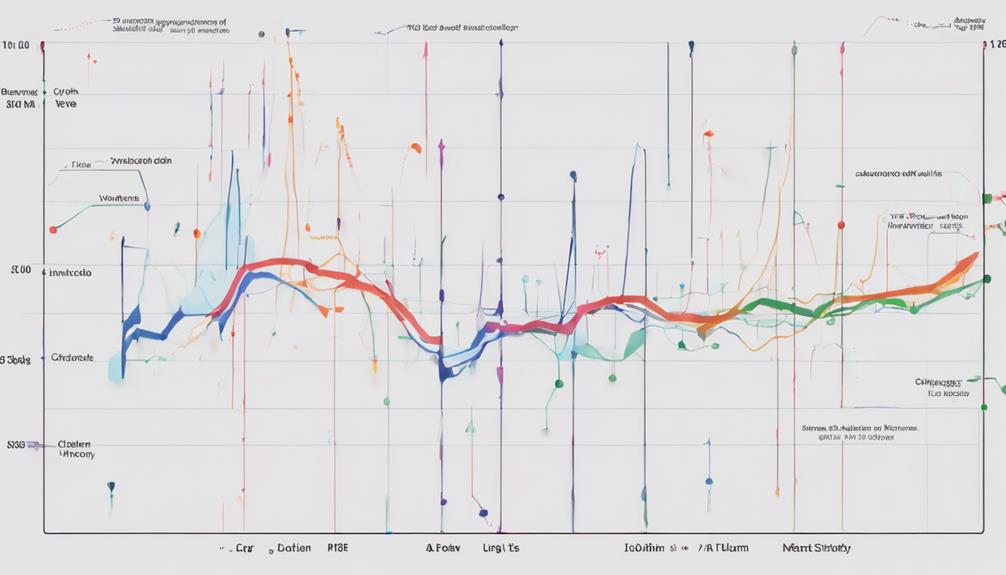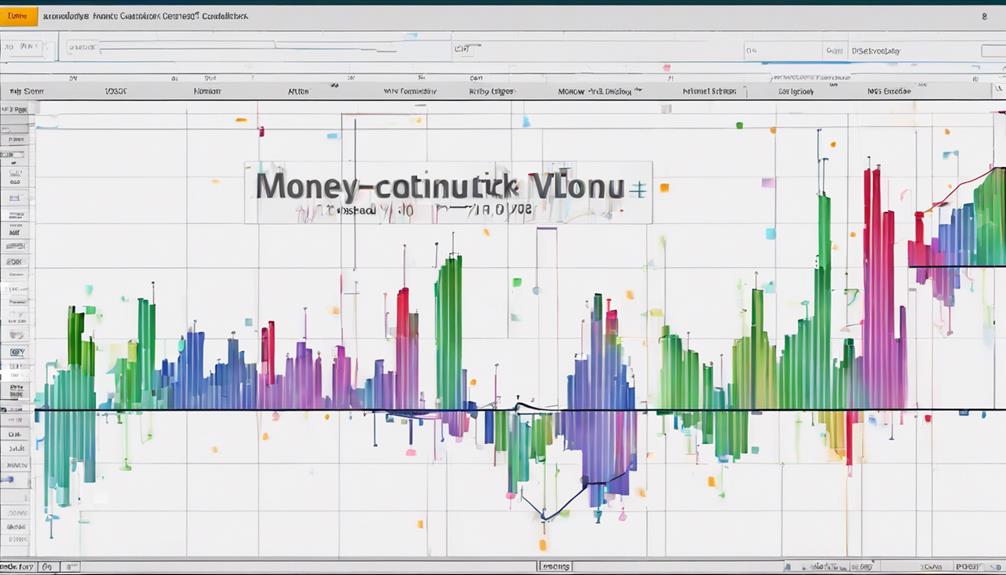When it comes to navigating the complexities of trading, understanding the nuances of volume-based indicators can significantly impact your decision-making process.
Curious about which indicators top the list for enhancing your trading strategies and boosting performance?
Stay tuned to discover how these three key volume indicators, OBV, MFI, and VWAP, can provide you with the insights needed to stay ahead in the ever-evolving landscape of trading.
Overview of Volume-Based Indicators
When analyzing market trends and potential price movements, volume-based indicators play a crucial role by utilizing trading volume data. These indicators provide valuable insights into the strength and conviction behind price changes, aiding traders in making informed decisions.
Some of the best volume-based indicators used by stock traders include On-Balance Volume (OBV), Money Flow Index (MFI), and Volume-Weighted Average Price (VWAP). By incorporating volume data into their analysis, traders can better understand market dynamics and improve their trading strategies. Understanding these indicators is essential for enhancing trading performance and staying ahead in the competitive market environment.
Volume-based indicators offer a deeper understanding of market trends and can help traders anticipate potential price movements more effectively.
Evaluation of Key Volume Indicators

Key volume indicators are crucial tools for analyzing market trends and making informed trading decisions based on volume data. On Balance Volume (OBV) tracks buying and selling pressure. Money Flow Index (MFI) helps identify overbought or oversold conditions. Volume-Weighted Average Price (VWAP) considers both price and volume for trend confirmation.
Additionally, the Accumulation Distribution Line shows accumulation or distribution trends based on volume activity. The Klinger Oscillator predicts long-term trends by combining price and volume data.
Understanding these indicators can enhance your trading strategies, especially for day trading, by providing insights into the relationship between price and volume. This ultimately aids in better decision-making and trend confirmation.
Application of Volume Indicators

Utilizing volume indicators in market analysis enhances trading strategies by providing critical insights into buying and selling pressure dynamics based on volume data.
Key indicators such as OBV and MFI offer valuable information on trading volume and help decipher buying and selling pressure.
The Accumulation/Distribution Line aids in trend identification by analyzing the interplay between price movements and trading volume.
For day traders, tools like VWAP are essential for determining the average price considering trading volume.
Long-term trend predictions can be made using the Klinger Oscillator, which merges moving averages using both price and volume data.
How Can Beginners Benefit from Using Volume-Based Indicators in Trading?
For novice traders, understanding volumebased indicators for beginners can provide valuable insights into market trends and potential price movements. By utilizing these indicators, beginners can make more informed decisions, identify possible entry and exit points, and improve their overall trading strategies.
Frequently Asked Questions
What Is the Best Indicator Based on Volume?
For the best indicator based on volume, consider the On-Balance Volume (OBV). It accurately assesses buying and selling pressure by summing volume on up days and subtracting on down days. OBV provides a clear picture of stock direction based on conviction.
What Is the Most Accurate Volume Indicator in Tradingview?
When assessing volume indicators in TradingView, the Money Flow Index (MFI) stands out as the most accurate tool. By combining price and volume data, MFI effectively gauges buying and selling pressure, aiding in trend analysis and decision-making.
Which Indicator Has Highest Accuracy?
For the highest accuracy, consider the Money Flow Index (MFI). It excels in predicting market trends by analyzing the interplay of time, volume, and price. Incorporating MFI alongside other indicators can enhance your trading success.
Is Volume Profile the Best Indicator?
Yes, Volume Profile is a powerful indicator offering insights into key price levels and market sentiment. By analyzing volume clusters, it helps you identify support/resistance areas, potential breakouts, and trading interest, aiding informed decisions.
Conclusion
In conclusion, mastering volume-based indicators like OBV, MFI, and VWAP can significantly enhance your trading strategies. By analyzing market trends and making informed decisions based on volume data, you can gain a competitive edge in the trading world.
So, ask yourself: Are you ready to take your trading to the next level with the power of advanced volume analysis tools?


